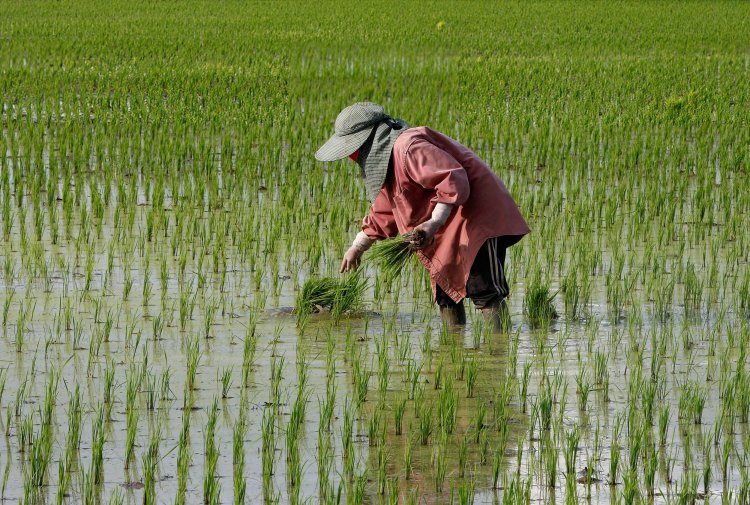Global Rice Production Still Set for Record, Despite USDA Downgrade
Despite a recent downward revision by the US Department of Agriculture (USDA), global rice production in 2024-25 is still expected to reach record levels. According to the USDA’s Economic Research Service (ERS), the world rice production estimate has been reduced by 464,000 tonnes to 527.7 million tonnes. However, this figure remains a historic high.

Despite a recent downward revision by the US Department of Agriculture (USDA), global rice production in 2024-25 is still expected to reach record levels. According to the USDA’s Economic Research Service (ERS), the world rice production estimate has been reduced by 464,000 tonnes to 527.7 million tonnes. However, this figure remains a historic high. The ERS's latest "Rice Outlook" report, published on Aug. 14, also projected global domestic use at 527 million tonnes, slightly below previous forecasts but still a record.
The production downgrade was attributed to lower forecasts for key producers like Vietnam, the United States, and Ukraine. However, these reductions were partially offset by upward revisions for Russia and Kazakhstan. Despite the dip in production estimates, global rice trade in 2024 is now expected to rise by 112,000 tonnes to 55.2 million tonnes, with export forecasts revised upward for Thailand and the US.
In terms of pricing, the report noted a slight decrease in trading prices for most grades of regular, whole-grain milled rice from Thailand, with prices falling by 1% to 2% over the past month. In contrast, prices for 5% brokens from Vietnam rose slightly for both the winter-spring crop and the summer-autumn crop, currently being harvested.
South American rice prices, excluding Argentina, have generally increased, while US prices for long- and medium-grain milled rice remained stable. However, the price of rough rice in the US has continued to decline, particularly for southern long-grain varieties and California medium- and short-grain rice.
According to the US Rice Producers Association (USRA), the reduction in the USDA's supply figure still leaves global rice output up by 14% compared to last year, driven by increased crop size. The USRA’s "Rice Advocate" publication from Aug. 16 highlighted that while world consumption has dropped slightly, particularly in Vietnam, the Philippines, and Kenya, the global trade downturn is largely due to Brazil's supply issues, a slowdown in Vietnam, and export restrictions in India.
US rice prices, which had been stable at around $790 per tonne since March, have recently dropped to $770, despite continued demand from Latin America. In Uruguay, prices fell to $803 per tonne due to reduced demand from Brazil and the EU.
Meanwhile, the International Grains Council (IGC), in its Aug. 15 Grain Market Report, indicated that average international rice prices remained mostly unchanged month-on-month, with price adjustments in key origins balancing each other out. In Thailand, weak buying interest caused slight softening in white and parboiled rice prices, while 5% broken rice prices in Vietnam rose by $14 to $563 per tonne, boosted by fresh sales to Indonesia and the Philippines.
The FAO’s August 2024 Rice Price Update also reported a 2.4% drop in global rice prices in July, marking a 12-month low. Indica rice prices fell by 2.9%, while Japonica prices were down by 2.1%. Aromatic rice prices remained steady, while glutinous rice prices edged up 0.6%, driven by reduced supply in Thailand.
While global rice markets remain volatile, the record production projections for 2024-25 signal that supply concerns are easing, though economic and trade pressures continue to influence prices across different regions.



 Join the RuralVoice whatsapp group
Join the RuralVoice whatsapp group







































